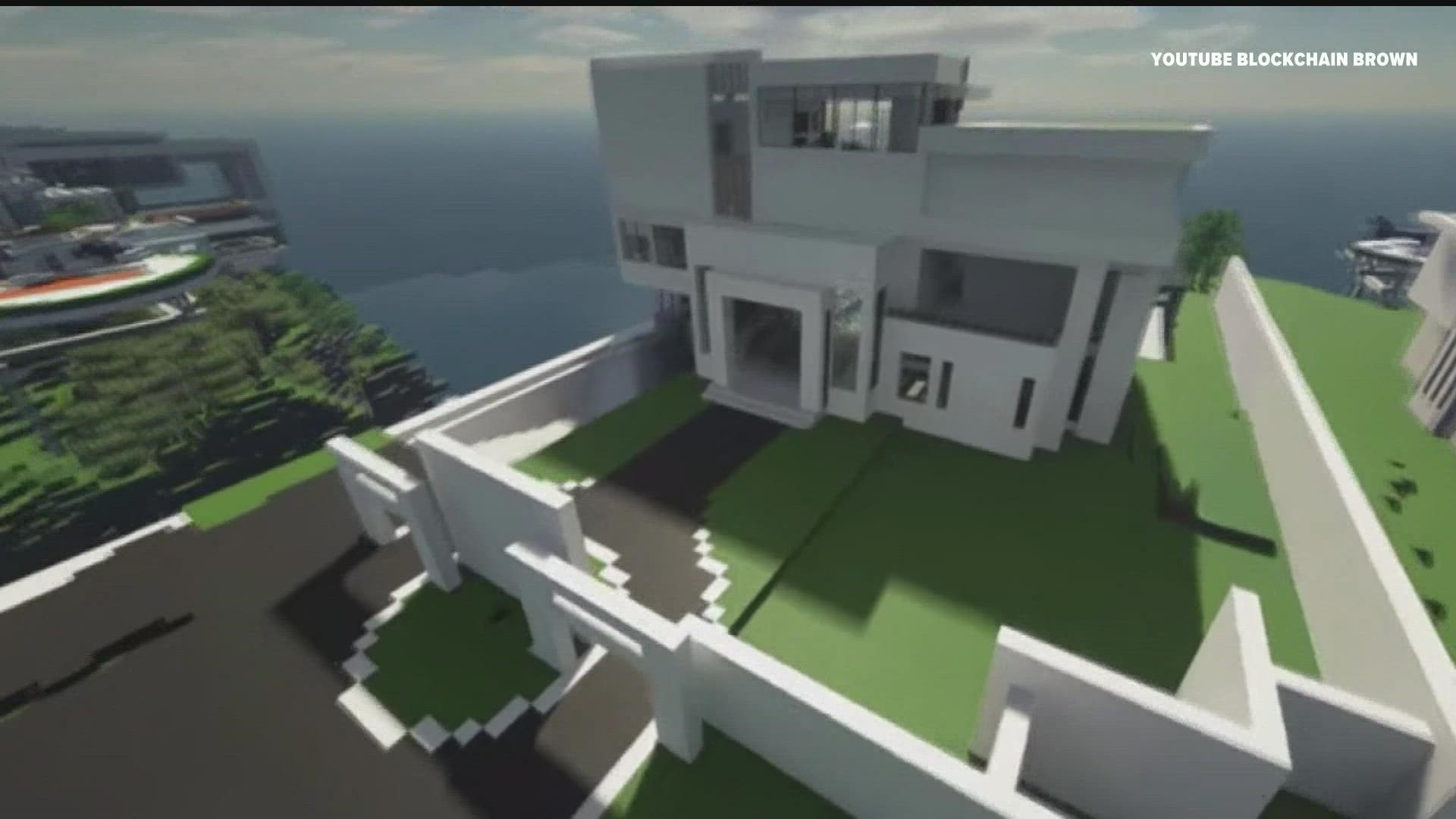MINNEAPOLIS — What do hip-hop artist Snoop Dog, financial company JP Morgan and electronics manufacturer Samsung have in common? They’ve all snapped up plots of virtual land in a metaverse, one of those online worlds where people game, work and communicate.
For many, it’s become a second home. Literally.
Adam Hollander is the co-founder of White Sands Metaverse. It allows the purchase of empty land plots where you can build your own virtual house or community.
Not much of a designer? Not a problem. White Sands offers a variety of pre-built master plan homes that have been meticulously designed by architects.
These virtual properties aren’t free. There’s a real-estate market driven by supply and demand just like in the physical world. To buy in, you’re going to need cryptocurrency like the popular Ethereum. You’ll also want a wallet capable of storing NFTs, since that’s what digital real estate is. Then browse a website like Sandbox or OpenSea for your piece of the metaverse.
Metaverse property is still in its infancy, although prices have been climbing steadily.
Blockchain Brown is a metaverse real estate investor who believes the average person can financially capitalize. “Most of these platforms have a fixed supply so if you’re able to get involved with them at a certain stage, then you can get them for pretty cheap and then just watch them appreciate,” he said.
Just like buying property in the real world, there are two main reasons to buy in to the metaverse.
One, you want a place to call home and show off your possessions. Hollander says in the metaverse, your imagination is the limit.
“You can hang art on the walls, move furniture around, have pets and invite your friends over," he said. "It really is putting a stake in the ground saying this is my area inside of this broad digital landscape.”
And two, as an investment. In 2021, CNBC reports metaverse real estate sales topped $500 million, and predictions have the market doubling to close to $1 billion in 2022.
“People are beginning to care just as much about how they represent themselves and how they interact and live digitally as the way that they do physically,” Brown said.
People entering the metaverse are also on the rise, which should increase demand. Currently OpenSea, the world’s leading online marketplace for metaverse assets, has about 400,000 monthly users.
Considering 10 times that number of people actively engage in various social media platforms, Hollander is bullish on where things will go. “The inevitability is that we will have hundreds of millions, billions of people participating in these metaverse worlds because it is a natural evolution of what we’ve been doing,” he said.
Blockchain Brown echoes that opinion, saying “We are still at the forefront of one of the most powerful trends we are probably ever going to see in our entire life.”
Of course, as with any investment, there is risk. And it's a big one: the amount of land. Currently the large platforms have land limits creating artificial scarcity.
But in a virtual world where the amount of land is potentially unlimited – there is no guarantee new plots won’t pop up.
Watch the latest coverage from the KARE11 Sunrise in our YouTube playlist:

